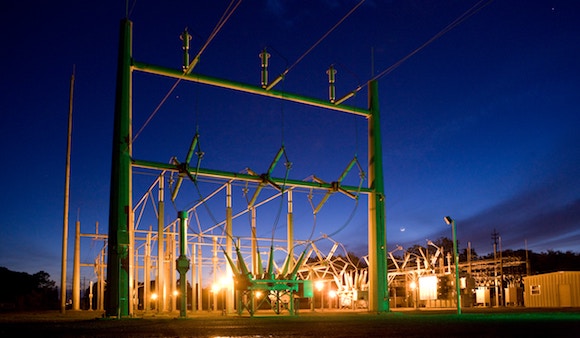5V Batteries and Their Role in Energy Storage Systems
Energy Storage Systems (ESS) is a technology utilized to capture, store, and release energy for future use. These systems find applications across various sectors including power networks, transportation, industrial production, and personal devices. Energy storage systems play a pivotal role in enhancing energy utilization efficiency, balancing energy supply and demand, facilitating the integration of renewable energy, and addressing fluctuating demands in power systems.
There is a diverse range of energy storage system types, which include:
Battery storage systems
Such as lithium-ion batteries, lead-acid batteries, sodium-sulfur batteries, etc., used for storing electrical energy, widely applied in electric vehicles, portable electronic devices, and home energy storage systems.
Mechanical energy storage systems
Such as pumped hydro storage, flywheels, etc., which convert electrical energy into mechanical energy stored within devices and then convert it back to electrical energy when needed.
Thermal energy storage systems
Including hot water tanks, molten salt storage systems, etc., which capture and store heat energy for energy storage purposes.
Gas storage systems
Like Compressed Air Energy Storage (CAES) systems, which convert electrical energy into compressed air stored underground or in pressure vessels, later used to generate electricity.
Chemical storage systems
Such as water electrolysis for hydrogen production, electrochemical energy storage, etc., which utilize chemical reactions for energy storage and release.
In energy storage systems, 5V batteries have various applications depending on battery type, capacity, and design requirements.
Some potential applications include:
Portable electronic devices: 5V batteries can power portable electronic devices such as smartphones, tablets, handheld gaming consoles, etc., which typically require stable power sources for normal operation.
Home energy storage systems: 5V batteries can be used in home energy storage systems, such as storage units for solar panels. By storing solar energy collected during the day, households can use electricity during nighttime or adverse weather conditions.
Wearable devices: 5V batteries can power various wearable devices like smartwatches, fitness trackers, etc., which usually require small, lightweight power sources.
Educational purposes: 5V batteries can be utilized in educational settings to demonstrate energy storage and conversion principles. Students can learn how batteries store and release energy by building simple circuits or small projects.
Emergency backup power: 5V batteries can serve as emergency backup power sources for critical equipment during emergency situations, such as emergency lighting, communication devices, etc.
When incorporating 5V batteries into energy storage systems, several key considerations must be taken into account:
Safety: Ensuring the safety of batteries during both charging and discharging processes is essential. This involves using appropriate chargers and discharge devices, avoiding overcharging, over-discharging, short circuits, etc., to prevent battery overheating, fires, or explosions.
Battery type selection: Different types of 5V batteries have different characteristics and applications. For instance, lithium-ion batteries are a common choice, but other battery types are also available. When selecting batteries, factors like capacity, cycle life, charge-discharge rates, etc., need to be considered to meet specific application requirements.
Management systems: For large-scale energy storage systems, effective Battery Management Systems (BMS) are required to monitor battery status, temperature, voltage, etc., and take necessary measures to protect batteries from damage.
Environmental adaptability: 5V batteries may perform differently under various environmental conditions. For example, temperature significantly affects battery performance, so working conditions at different temperatures need to be considered.
System design: System design should consider battery placement, connection methods, ventilation, cooling, etc., to ensure batteries operate safely, effectively, and are easy to maintain and manage.
Performance degradation: The performance of 5V batteries gradually declines with use and over time. When designing energy storage systems, battery life and performance degradation need to be considered to ensure the system maintains stable performance over the long term.
In conclusion, Energy Storage Systems (ESS) play a pivotal role in modern energy management, offering solutions for capturing, storing, and releasing energy across various sectors. For innovative energy storage solutions and consultation services tailored to your needs, pls contact us.




